Phoneme Grapheme Posters and Resources!
Shortly after students learn the letters and sounds of the alphabet, we introduce the concept that many vowels and consonant sounds can be spelled in different ways. Let’s take the /f/ sound for example.
Most of the time the /f/ sound is spelled with “f” as in the words “fan”, “fish” and “fix”.
Sometimes the /f/ sound is spelled “ff” as in the words “cuff” and “off”; sometimes “gh” as in “tough” and sometimes “ph” as in “phone”.
This can be pretty overwhelming for our young readers and writers.
How do students know when to use which spelling for the sounds in the words they wish to write?
Phoneme Mapping
Let’s take the words “pin” and “frog”. Each of these words has a one to one correspondence between the letters and sounds. Once a student has a solid basic sound-symbol correspondence, “mapping” these letters to the sounds is relatively easy.
That’s why words such as these are used early on in reading and writing instruction.
One letter, Many Sounds
As a student’s phonics instruction progresses, students are introduced to the idea that one letter can represent more than one sound (for example, “g” can make a hard /g/ as in “goat” or a soft /g/ as in “giraffe”) and that letter combinations can also represent one sound (for example, the long “a” sound can be spelled with “a”- acorn, “ai”- snail, “ay” – hay, “eigh”).
Let’s take the word “sheep”. The word “sheep” has three sounds (or phonemes); however 5 letters. To spell the word “sheep” correctly, he/she needs to know that the /sh/ sound is represented by the two letters “s” and “h” and that the long e sound is represented by “ee”.
In the word “duck”, the final /k/ sound is represented with “ck”.
Phew! This can be kind of overwhelming for our students learning to read and write. So, how do students learn to use the correct spelling pattern? Well, first of all, we don’t leave it to exposure only. Research clearly demonstrates that students need explicit and systematic instruction in phonics. These spelling rules need to be explicitly taught. Students need to know the most common spellings of the sounds and where in the word the spelling pattern is most common. For example, that “ai” spelling for the long a most often occurs in the middle of a root word (for example, “pail” “snail”) and the “ay” spelling is often used for the long a spelling at the end of a word (for example, “hay” “stray”).
Phoneme Grapheme Spelling Card Reference
Having references for students available showing the different spellings of a phoneme is very helpful. The most common spelling of a sound is circled in a darker line weight on these posters and reference cards. The line weight of the circle corresponds to the occurrence of the spelling pattern. So in the example of the /f/ phoneme, “f” is the most common spelling for the sound therefore the circle is in a heavyweight line. The “ph” and “gh” spellings for /f/ are less common so they are circled in a thin weight line.
Once students understand how to use the cards, they can definitely be helpful when students are trying to map the letters (graphemes) onto the sounds when writing. Here are other examples of consonant sounds.
Vowels can be way more challenging than consonants. There are more spelling patterns to represent vowel sounds. For example, the long a phoneme can be represented with 7 different spelling patterns. Yikes! – and take a look at the /oo/ phoneme. It’s important to note that we don’t teach all the spelling patterns at once. Introduced first are the most common spellings. When introducing the various spellings of long a, most phonics programs begin with the consonant+vowel+consonant (a_e), the “ai” and “ay” spelling patterns.
Phoneme Grapheme Spelling Cards
These half-page spelling cards are ideal for small group instruction. Included in this download are all the consonants and vowels.
The Phoneme Grapheme Spelling Cards Half Sized are available in my online Teachers Pay Teachers store.
Phoneme Grapheme Posters
Place these full-sized posters on the walls within the classroom. These are the same as the half-sized cards, however, as a full-sized 8 1/2 x 11 poster.
The Phoneme Grapheme Posters (full-sized) are also available in my Teachers Pay Teachers store.
Phoneme Grapheme Spelling Cue Cards
I wanted to create individual spelling strips that students can use at their desks and ones that are a little more portable. There are two different sets- one for consonants and one for vowels. If you choose, you can cover with a sticky note the spelling patterns that you have not yet introduced.
The Phoneme Grapheme Spelling Cue Cards – Sentence Strips can be found in my online TpT store.
The card-sized phonics deck was created specifically for sorting activities. They are ideal for use during small group instruction. Categorizing the spelling patterns for the phonemes is a powerful strategy in teaching. For example, by sorting the words containing the /f/ phoneme, the students can see that the “ff” spelling most often occurs at the end of a one-syllable word. Talking about these patterns during instruction is important.
The Phoneme Grapheme Phonics Deck Spelling Cards can also be found in my online TpT store.
Hopefully, these resources will help your young (and older students too) learn the various spelling patterns.
Don’t forget to let us know what you think! Tag and like us on Instagram and/or Facebook.
Show us how you will put these to use in your classroom or homeschool setting!
Enjoy!
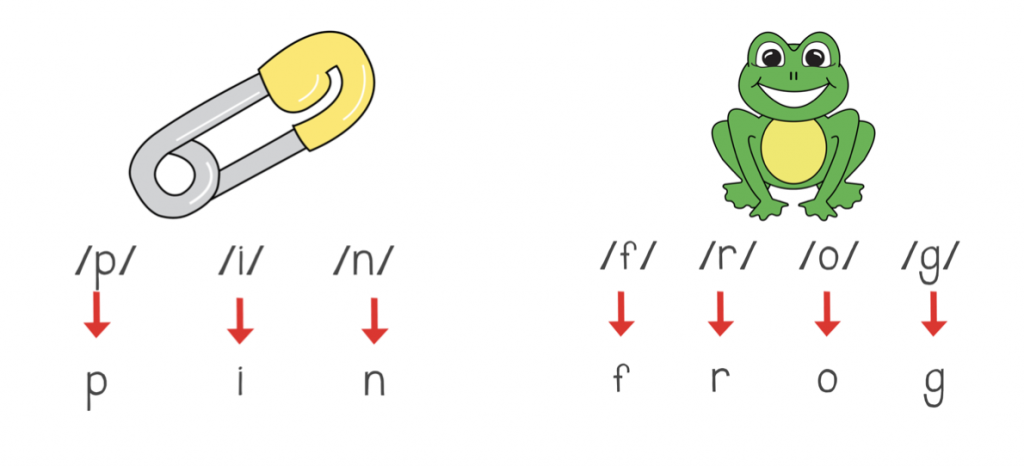
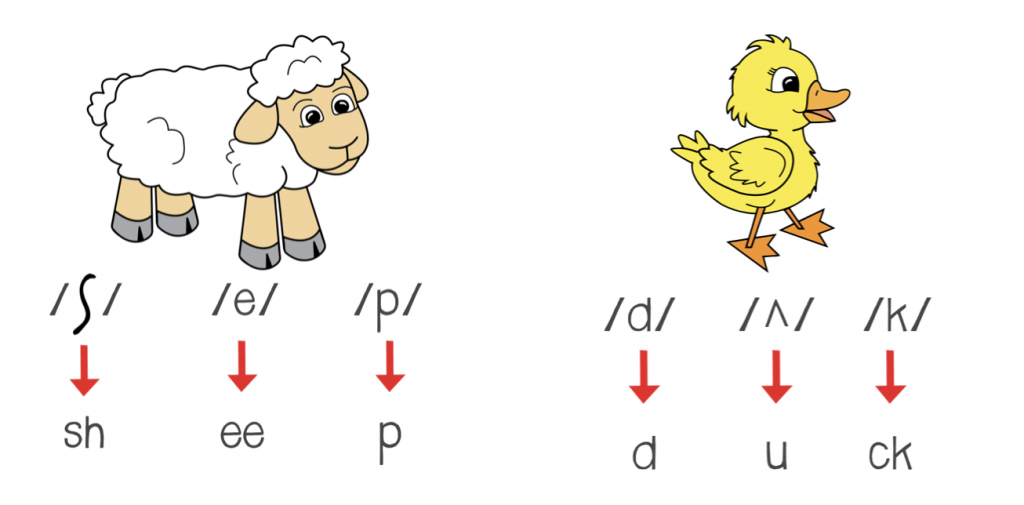
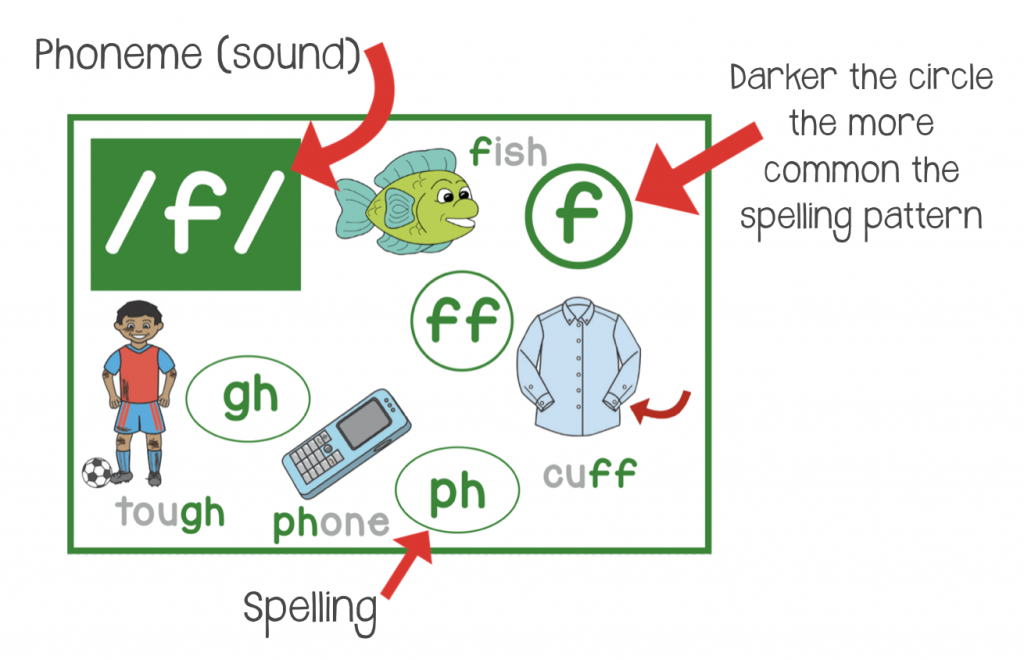

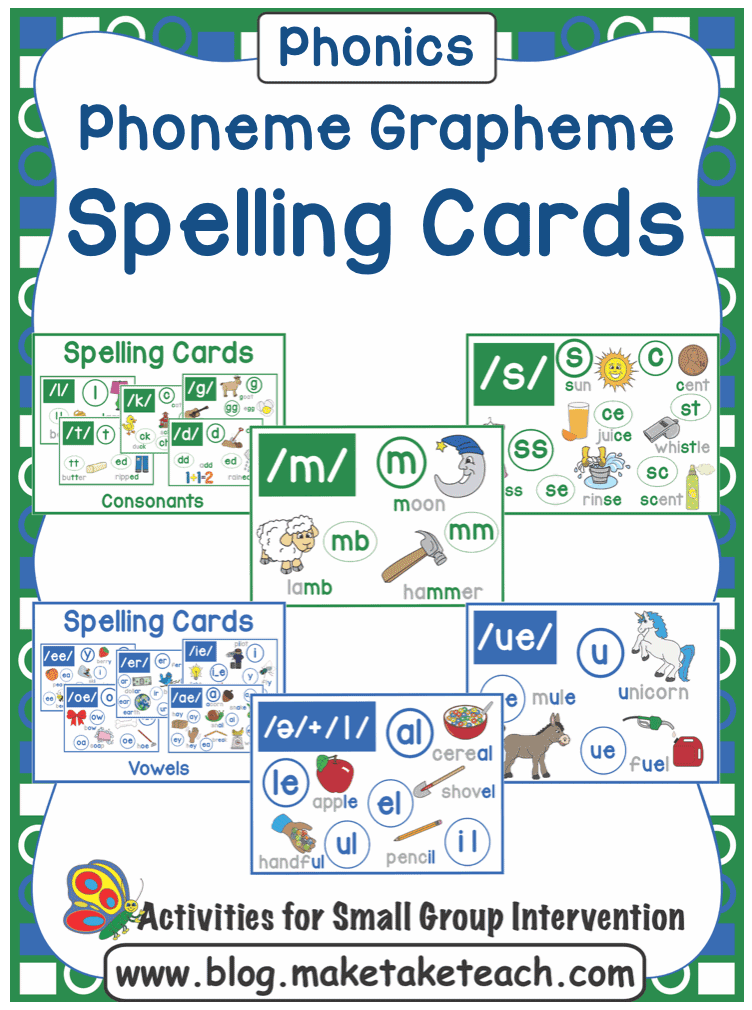
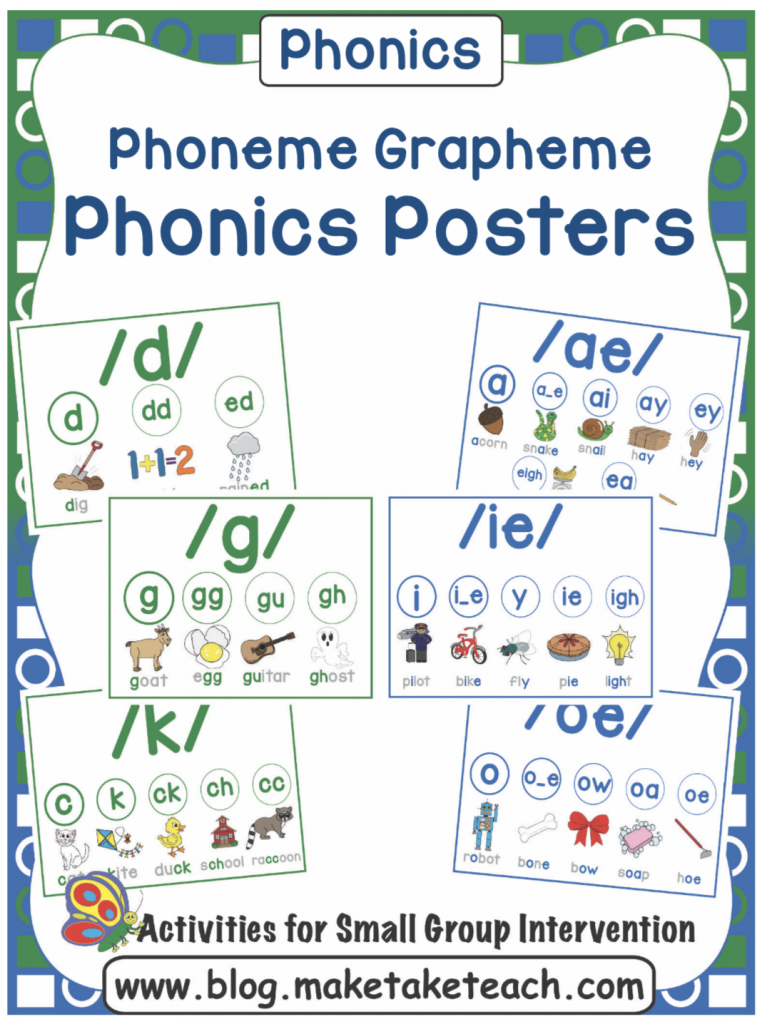
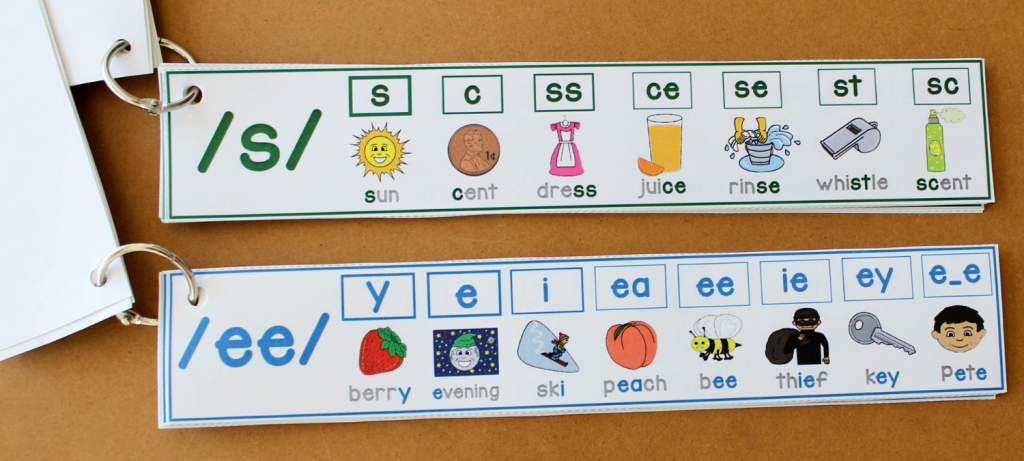
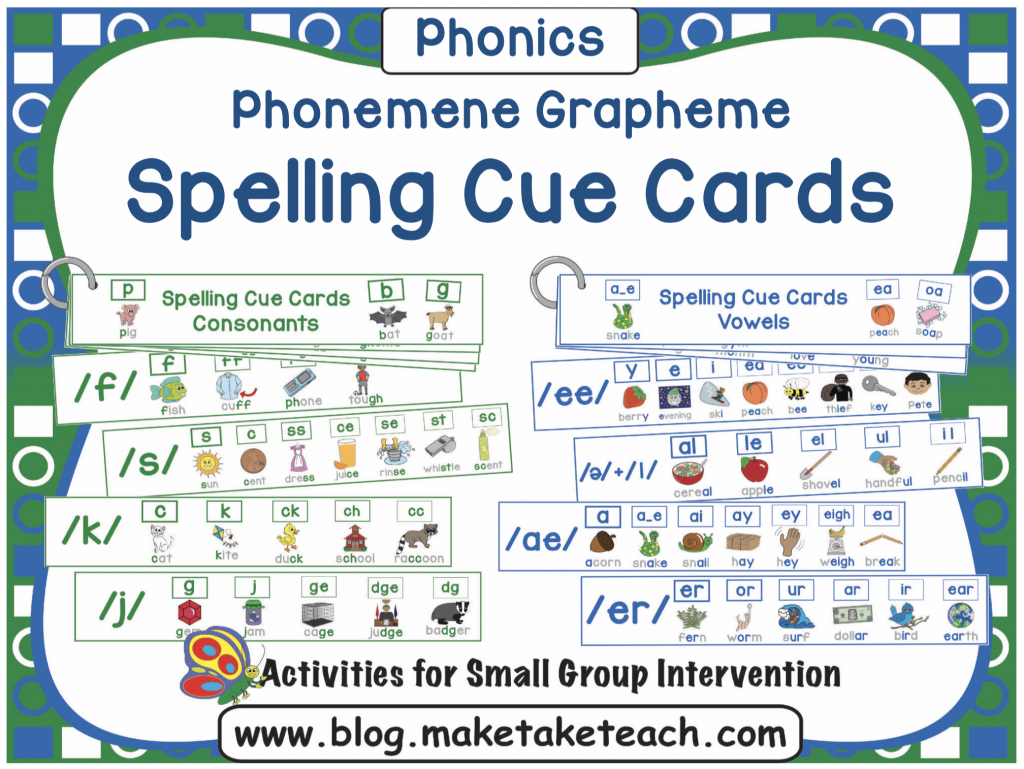
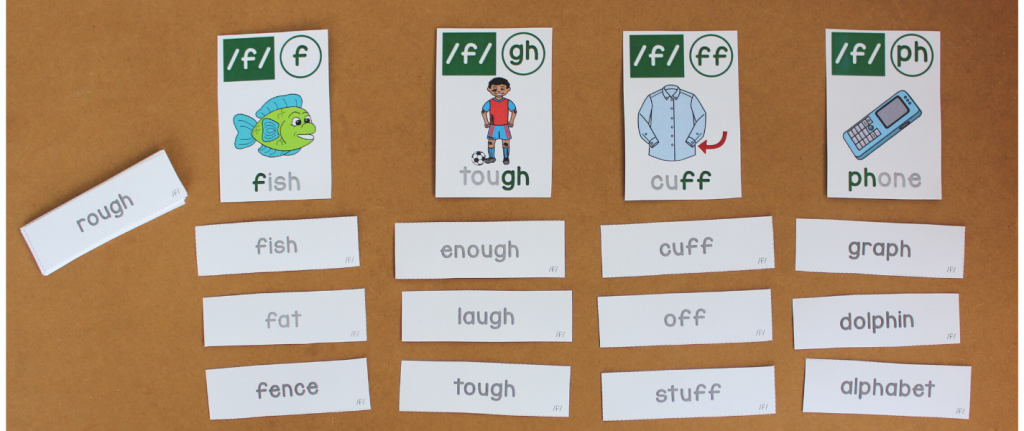
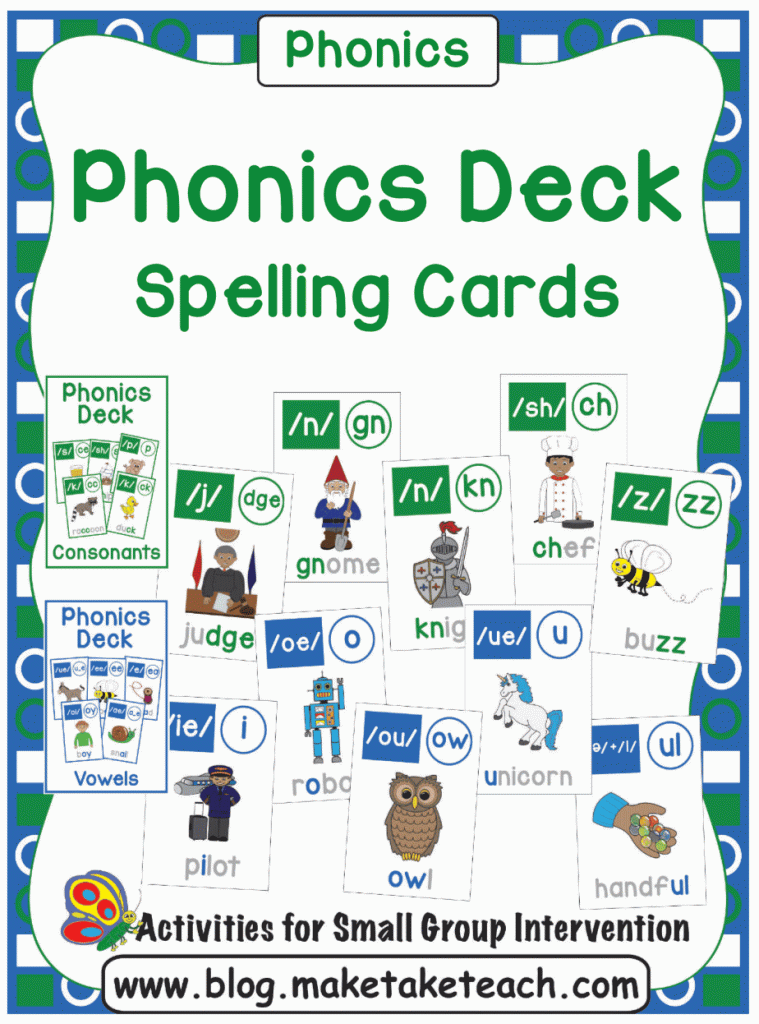
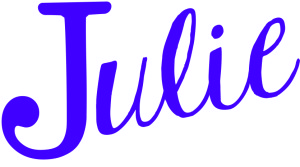



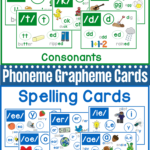
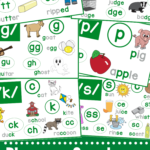

Leave a Reply